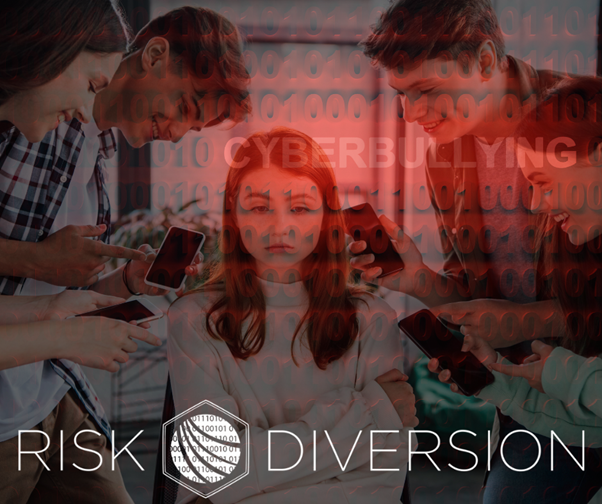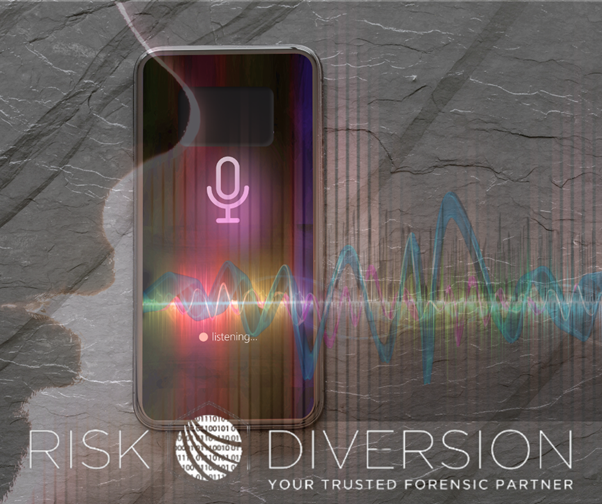Risk Diversion Tackles Cyberbullying in a Digital enabled World
Cyberbullying - causing harm through the use of digital technology

While some people are bullies both in real life and online, there are others who only become bullies in the digital space. Why is this the case? Why would someone bully others online when they would never do that in their everyday life? There are multiple possible explanations for this behaviour. Arlin Cuncic, the author of The Anxiety Workbook and founder of the website About Social Anxiety thoroughly explains how and why cyberbullying is a serious social issue.
In general, cyberbullying is a recent issue with increasing numbers of people using the Internet. Much of the focus of research is on how cyberbullying affects the victim, without a lot of focus on how to cope with cyberbullying, how to reduce cyberbullying, or what to do if you are a cyberbully yourself.
Cyberbullying refers to the use of digital technology to cause harm to other people. This typically involves the use of the Internet but may also take place through mobile phones (e.g., text-based bullying). Social media is one of the primary channels through which cyberbullying takes place, including Facebook, Instagram, TikTok, Snapchat, and more.
Taking all the above reasons into consideration Risk Diversion has created a digital platform to assist victims of cyberbullying. Our digital forensic analysts are certified professionals capable of dealing with a multitude of different forms of cyberbullying.
There are various forms of cyberbullying. These can include: Flaming (or roasting) which refers to the use of inflammatory language and hurling insults at someone or broadcasting offensive messages about them in the hopes of eliciting a reaction.
Outing involves sharing personal or embarrassing information about someone on the Internet. This type of cyberbullying usually takes place on a larger scale rather than one-to-one or in a smaller group.
Trolling refers to posting content or comments with the goal of causing chaos and division. In other words, a troll will say something derogatory or offensive about a person or group, with the sole intention of getting people riled up. This type of cyberbully enjoys creating chaos and then sitting back and watching what happens.
Name Calling involves using offensive language to refer to other people.
Cyberbullies may spread false rumours by making up stories about individuals and then spreading these false truths online.
Cyberbullies may send explicit images or messages without the consent of the victim.
Some cyberbullies will repeatedly target the same people through cyberstalking, cyber harassment, or physical threats.
Victims of cyberbullies often have some common characteristics that tend to repeat themselves:
- Teens and young adults are the most at risk.
- Girls are more likely to be victims of false rumours being spread and being the recipient of explicit images.
- People who are gay, lesbian, bisexual, or transgender.
- Those who are shy, socially awkward, or don't fit in easily.
- People from lower-income households.
- People who use the Internet constantly are more likely to be victims of online bullies.
Our forensic analysts have conducted numerous investigations into cyberbullying assisting victims of most forms of harassment.
If you are a victim of cyberbullying, know that you are not alone and there are options to help. If you need assist, you can visit us atwww.riskdiversion.co.za or contact us on hello@riskdiverion.co.za.











